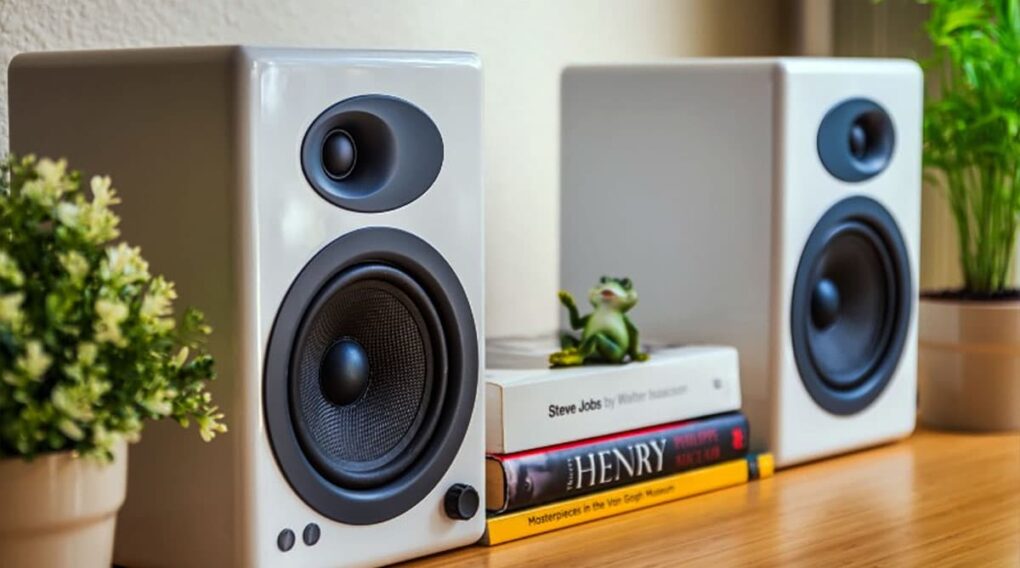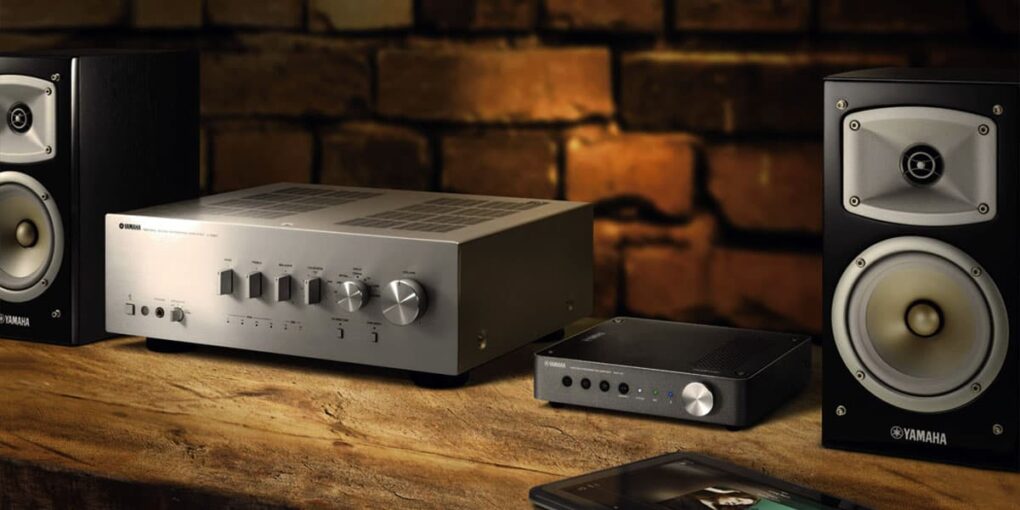The world of music is constantly changing. Don’t you agree? For example, before stereo, all music was mono. In stereo, unlike mono, sound comes from two different places, such as the left and right speakers. Thanks to this, the music sounds more natural and pleasant. Stereo made music more real and spacious, opening up many new creative ways to create albums. This changed the way musicians and music creators worked in the studio. This new way of recording opened up creative possibilities for albums. Overall, stereo opened up new worlds of depth and dimension in music, forever changing the connection between artist and audience.
In this article, we will look at how stereo sound changed the entire music industry and even talk about Iconic albums that utilize stereo sound.

The birth of stereo sound in music
Stereo sound was invented in the 1930s but wasn’t used much in music until the late 1950s. The first stereo recordings happened after the 2 channel receiver was introduced. This allowed people to play 2 separate sound signals at the same time. Well, now we’ll dive into the story in a little more detail.
In 1881, an electrical exhibition was held in Paris. The organizers needed a sensation for the visitors. Engineer Clément Ader proposed booths for listening to opera, capable of conveying the spatial acoustics of a real theater. For this purpose, he installed two microphones on the stage of the Paris National Opera and transmitted the signal by wires to the exhibition territory. There were two headphones for each visitor. Practically, it was the first prototype of stereophony. The sensation succeeded, and the visitors were impressed.
With the development of the recording industry, experiments on recording stereo sound on gramophone records began. Alan Dower Blumlein, a talented British engineer, achieved the greatest success in this direction. He was not satisfied with mono sound and set a goal to record surround sound as accurately as possible. He has mathematically calculated the optimum type of microphones, the necessary characteristics, and their mutual positioning. This great engineer was the first to suggest converting the phase shift between channels into amplitude differences to increase the stereo effect. By the way, in 50 years, these calculations will greatly help Dolby Surround’s creators.
He also found a brilliant solution for recording stereo sound on gramophone records. Alan proposed to record the left and right channels on different walls of the sound groove of a gramophone record according to the formula +45/-45. This became the worldwide standard for stereo gramophone recording.
Even today, despite the abundance of recording formats, many of us still listen to music in the format invented by Alan Blumlein 90 years ago – stereophony.

Iconic albums that utilized stereo sound
In the late 60s, stereo recording really hit the big time in music. Since that time, many classic albums of famous (and not so famous) were recorded with stereo sound. The way they recorded in stereo shaped both music listeners and future musicians. Now, I’ll consider three iconic stereo albums from the 60s that totally changed the music industry’s rules and had a major impact on the development of music in general.
“Sgt. Pepper’s” by The Beatles
The Beatles put out “Sgt. Pepper’s” in 1967 when they were the world’s most popular band. For this one, they recorded at their go-to London studio, Abbey Road. This studio had just installed 4-track machines that let The Beatles layer many tracks together in stereo.
On songs like “Lucy in the Sky with Diamonds,” they put vocals in the center, with things like echoing drums and organs spread wide into the side speakers. This gave listeners the feeling of being surrounded by the music. The Beatles and their producer, George Martin, really focused on how to pan individual instruments to either side to spotlight different parts. All the incredible stereo effects made fans feel immersed in the songs. “Sgt. Pepper’s” set a new bar for pop albums to use stereo to draw in listeners.
“Pet Sounds” by The Beach Boys
In 1966, Brian Wilson of the Beach Boys wanted to advance pop music with new harmonies and arrangements on their record “Pet Sounds.” Stereo was a key part of his innovations. For example, on “I Just Wasn’t Made for These Times,” he would hard-pan found sounds left and guitars right, while gorgeous vocal rounds flowed in the center. This made listeners feel like they were in the middle of everything.
Brian also often spotlighted instruments like the accordion by isolating them on one side. He carefully crafted the stereo sound so the rich layers came through clearly but still surrounded you. “Pet Sounds” showed pop could feel artistic and pull you in thanks to creative stereo mixing.
“Dark Side of the Moon” by Pink Floyd
The progressive band Pink Floyd made their masterpiece album “Dark Side of the Moon” in 1973. Their arranger, Alan Parsons, helped them achieve superb stereo separation. On “Money,” the iconic bass riff holds down the center, while cash sounds whoosh from left to right. Parsons also had sound effects rapidly switch between speakers, giving an incredible sense of motion.
Inspired by the Beatles’ “Sgt. Pepper’s” Pink Floyd built complex songs with layers that flowed around the listener. Their engrossing use of stereo helped concept albums like “Dark Side” feel like being inside a movie for your ears. Many modern artists have tried to replicate Pink Floyd’s unique studio soundscapes, but “Dark Side” is still an iconic combination of stereo technology and the work of music engineers.

